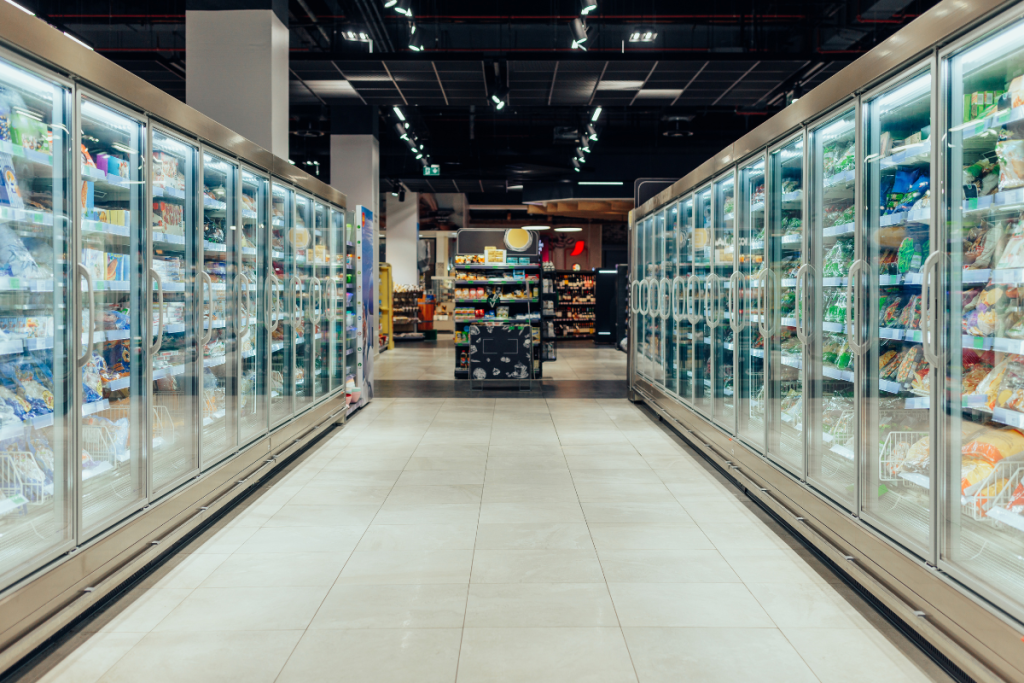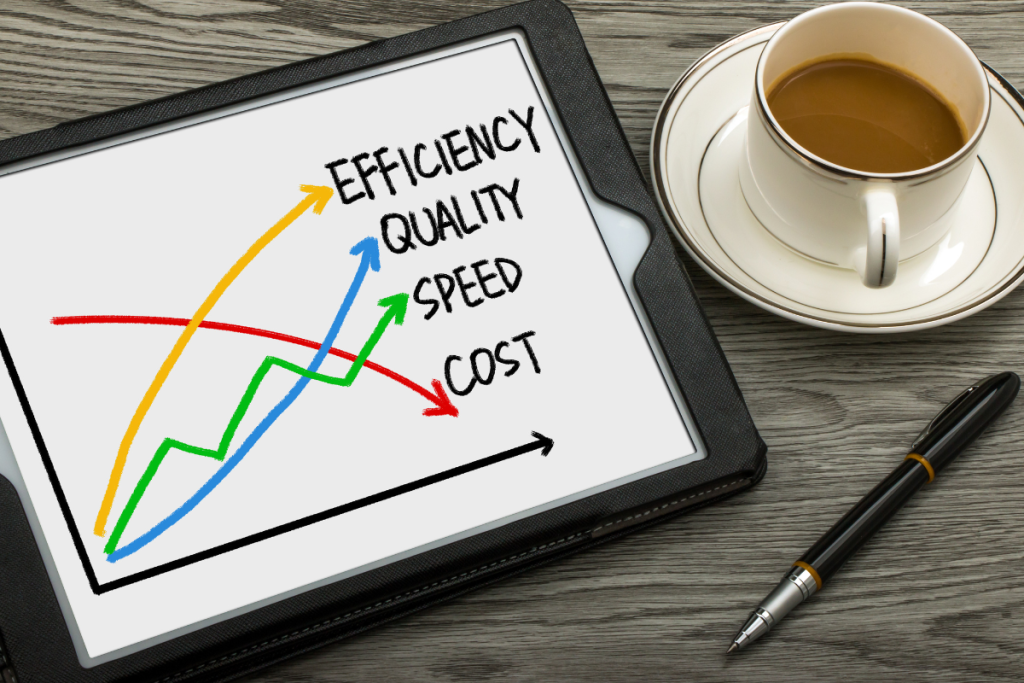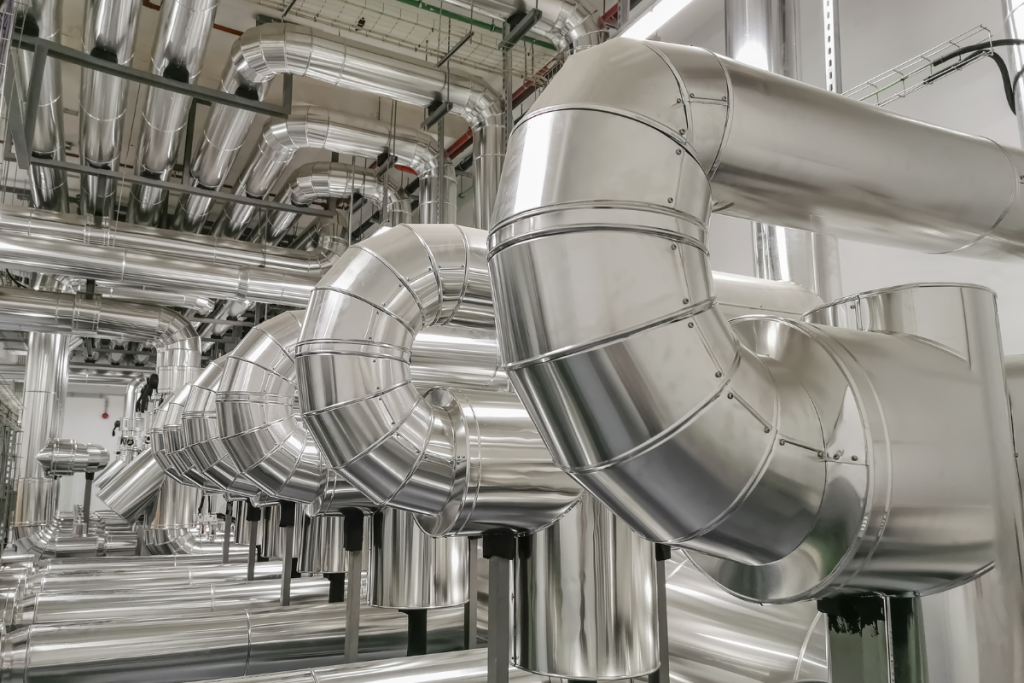The HVACR industry uses refrigerants in various appliances such as dehumidifiers, process cooling, air conditioners, refrigerators and freezers, in order to cool our office/homes or refrigerate products.
However, many refrigerants contribute to global warming and ozone layer depletion, which has a negative effect on the environment as a whole. In addition, greenhouse gas emissions from some refrigerants absorb infrared radiation and hold it in the atmosphere, causing what’s known as the greenhouse effect.
The good news is that the scientific community has been working hard for the last 20 years to develop solutions that will not only slow down the environmental impact of these substances, but also try to reverse them. Along with cooperation from the global community, ongoing research is promising.
What Effect Do The Different Types Of Refrigerants Have On The Environment?
There are generally three types of refrigerants used in HVAC and refrigerator/freezer applications, all of which have been known to have a negative effect on the environment:
- Chlorofluorocarbons (CFC): CFCs have an excellent reputation as a cost-effective cooling agent with low toxicity and flammability risks. However, they also contain fluorine, which contributes to CFC’s negative impact on the ozone layer, which has resulted in it being phased out in recent years.
- Hydrochlorofluorocarbons (HCFC): This refrigerant was used as a replacement for CFCs to slow the depletion of the ozone layer, although it too is not completely ozone-friendly. It’s also a greenhouse gas that’s much more potent than carbon dioxide, and has contributed to chlorine buildup in the atmosphere.
- Hydrofluorocarbons (HFC): HFCs have become a preferred choice for refrigeration manufacturers as they don’t deplete the ozone layer as much as CFCs or HCFCs. However, they do significantly contribute to greenhouse gas emissions, potentially adding to global warming.
Due to growing public awareness and concern over ozone layer depletion and global warming, worldwide initiatives have been introduced, ratified, and implemented to reduce the use of these refrigerants, with the unified goal of helping to reverse the effects they’ve had on our planet.
Fighting Ozone Depletion From Refrigerants
In 1987, The Montreal Protocol was ratified to repair the damaged ozone layer. As the very first agreement signed by every nation in the world, this truly global effort aimed to phase out the production and consumption of numerous ozone-depleting substances such as CFCs, as well as reducing reactive chlorine and bromine in the stratosphere. The Protocol spurred the HVAC industry into changing the types of refrigerant they use in commercial air conditioning and refrigeration from CFC to HCFC, which has less of an impact on the ozone layer.
Addressing Contributions To Global Warming From HFCs
The Kigali Amendment to the Montreal Protocol came into effect in January 2019. This amendment required all signatories to limit the use of HCFCs in refrigerators and air conditioners by more than 80 percent. With the gradual phasing out of HCFCs, along with CFCs before them, HFC refrigerants began to become the favoured refrigerant in cooling systems and appliances as they have a lesser impact on the ozone layer. However, HFC’s potential to add to the global warming situation has caused concern that we’re solving one problem but making another worse.
Seeking Alternatives To Chemical Refrigerants
This has created a demand for chemicals that can be used as refrigerants without causing damage to the ozone layer or adding to global warming. Several have already been removed from consideration due to the harm they may cause the environment.
There has been significant research into natural refrigerants, which are not man-made and have a negligible impact in the environment. One example of a natural refrigerant that is making its way into the market is propane, however this type of hydrocarbon, although environmentally friendly, is much more hazardous for installers and service personnel to work with.
Other natural refrigerants, such as carbon dioxide, ammonia, and water are also being used for larger HVAC and refrigeration applications.
Read More: 4 Signs Of a Possible HVAC Refrigerant Leak
Looking Forward To A Cleaner Future
We continue to see the benefits of the Montreal Protocol in the gradual recovery of the ozone layer, which is expected to be returned to pre-1980s condition by the middle of this century. The slow healing process is due to ozone-depleting agents remaining in the atmosphere and causing damage for many years, as well as temperature shifts and dynamics due to other man-made causes.
For example, although the Antarctic ozone hole is at its smallest since the recording of its size began in 1982, it’s not expected to recover to pre-1980s condition until sometime in the 2060s. However, it’s been noted that by removing 98% of substances that deplete the ozone layer, an estimated two million people have been saved from contracting skin cancer every year.
In the meantime, the Montreal Protocol continues to see nations of the world working together to help heal the environment. Here at home, the team at Springbank Mechanical Systems is ready to adopt new technology that works efficiently for our clients while creating a better world for future generations.
Gregg Little, Paul De Thomasis, and Hugo Lopes are co-owners of Springbank Mechanical Systems. They can be reached at 905-569-8990, or via email at gregg@springbank.com or paul@springbank.com or hugo@springbank.com.






